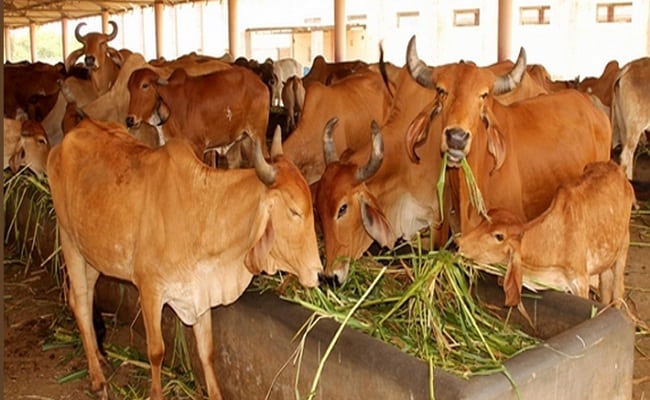
Brazil to Extend Help in Developing Indian Breeds of Cattle and Buffalo
Author: Dr. Abdul Samad,
(Extracted and expanded from an article published in ‘Rural Marketing’ by B. K. Jha)
India has recently signed an agreement with the Government of Brazil to encourage cooperation between the countries in the field of dairy cattle and sheep farming. Since 1936, Brazil has been importing Indian breeds of cattle; the countries share a similarity in climate, which is a benefit to the animal’s productivity. Until 1985, Brazil placed significant emphasis on crossbreeding Indian cows with breeds like HF and Jersey—however, this led to severe genetic problems. Subsequently, Brazil bifurcated their breeding policies to include pure-breeding of Indian breeds, employing emerging technologies in the field of genomics. The veterinary institutes in Brazil initially perfected Assistant Reproductive Technologies (ARTs) and trained a large number of veterinarians to set up commercial units that provided these services directly to the farmers. The genetic improvement model was revolutionised. Once the commercial value of the program was established, it attracted the attention of a a number of private investors. As a result, Brazil has become a world leader in ART-led breeding programs.
 Although there have always been informal channels of cooperation between India and Brazil, this cooperation has now been endorsed officially with the signing of an MoU in October 2016. The MoU will strengthen the existing relations between India and Brazil and promote the development of genomics and Assistant Reproductive Technologies (ARTs) in cattle and buffalo farming.
Although there have always been informal channels of cooperation between India and Brazil, this cooperation has now been endorsed officially with the signing of an MoU in October 2016. The MoU will strengthen the existing relations between India and Brazil and promote the development of genomics and Assistant Reproductive Technologies (ARTs) in cattle and buffalo farming.
As per the terms of the agreement, an implementation committee with an equal number of representatives from each party will be established for the purpose of determining activities, developing work plans and subsequently evaluating their success. The main objective of these productivity improvement programs is to conduct research on sustainable dairy development practices and to strengthen established institutions. The MoU will promote and facilitate scientific cooperation by setting up a genomic selection programme for Zebu cattle, which will include the application of genomics and ARTs as well as related research and development in accordance with the respective laws and regulations of the two countries. It is covered under Rule 7 (d) (i) of the Second Schedule of the Government of India (Transaction of Business) Rules, 1961.
Collaboration between India and Brazil for cattle genomics is already on the ground now. The Telangana government has decided to create its own proto-type of Zebu with the objective of improving the milk production of Indian cattle. Towards achieving this endeavour, it has tied up with the Brazilian government to import the semen and embryos of Brazil-developed Indian-breed cattle such as Gir and Ongole Bulls. The Brazilian government has agreed to set up an Indo-Brazil Centre of Excellence for Cattle and Sheep Breeding, a research and development facility, at Nizamabad as part of the Gopal Gram scheme, where it will provide technical expertise and also train officials. The ‘Gokul Gram’ scheme works towards the conservation and development of native cattle breeds. Experts from Brazil will also help the Telangana government to increase semen production from 15 lakh doses to 30 lakh doses a year at the Frozen Bull Station at Kamsanpalli near Shadnagar.
It is hoped that many states will come forward and develop such programs. But a word of caution is in order. Such programs should not be restricted to government schemes alone but should also be open to private enterprises. Brazil’s success in the field is owed to the fact that the program is driven by private initiatives on commercial parameters, and not on funds that may subsequently be usurped by the state governments to run their own redundant departments. Farmers expect two important reforms from the Government of India: permit the farmers’ organisations to import cattle semen and embryos directly, and simplify the importing process so that it benefits the farmers.
